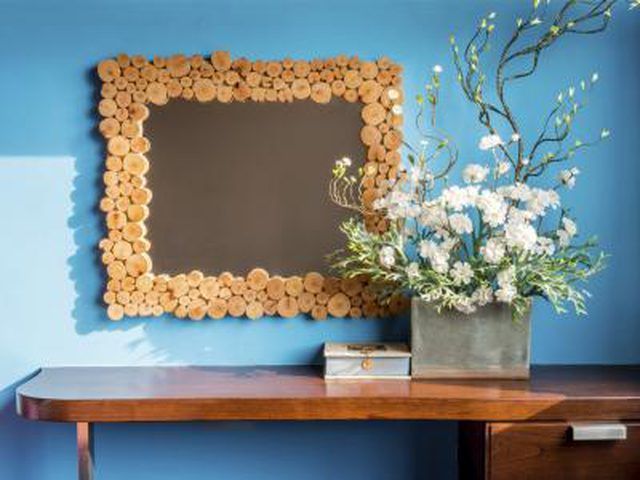Bulbs
Flower Basics
Flower Beds & Specialty Gardens
Flower Garden
Garden Furniture
Garden Gnomes
Garden Seeds
Garden Sheds
Garden Statues
Garden Tools & Supplies
Gardening Basics
Green & Organic
Groundcovers & Vines
Growing Annuals
Growing Basil
Growing Beans
Growing Berries
Growing Blueberries
Growing Cactus
Growing Corn
Growing Cotton
Growing Edibles
Growing Flowers
Growing Garlic
Growing Grapes
Growing Grass
Growing Herbs
Growing Jasmine
Growing Mint
Growing Mushrooms
Orchids
Growing Peanuts
Growing Perennials
Growing Plants
Growing Rosemary
Growing Roses
Growing Strawberries
Growing Sunflowers
Growing Thyme
Growing Tomatoes
Growing Tulips
Growing Vegetables
Herb Basics
Herb Garden
Indoor Growing
Landscaping Basics
Landscaping Patios
Landscaping Plants
Landscaping Shrubs
Landscaping Trees
Landscaping Walks & Pathways
Lawn Basics
Lawn Maintenance
Lawn Mowers
Lawn Ornaments
Lawn Planting
Lawn Tools
Outdoor Growing
Overall Landscape Planning
Pests, Weeds & Problems
Plant Basics
Rock Garden
Rose Garden
Shrubs
Soil
Specialty Gardens
Trees
Vegetable Garden
Yard Maintenance
How to Use Mirrors to Increase Light for Plants
How to Use Mirrors to Increase Light for Plants. Mirrors are useful plant-growing tools because they can redirect light to places it is needed most. A mirror can be used in an outdoor garden to help brighten shady areas where you'd like to have more plants grow. Mirrors also help plants thrive indoors, even in those small, dark corners and nooks...

Mirrors are useful plant-growing tools because they can redirect light to places it is needed most. A mirror can be used in an outdoor garden to help brighten shady areas where you'd like to have more plants grow. Mirrors also help plants thrive indoors, even in those small, dark corners and nooks where sunlight never seems to reach.
Dark Walls and Privacy Screens
If you have a large expanse of dark space in your home or outdoor garden, you may find that it's difficult to grow anything in or next to that area because the light is quite dim. By simply hanging one or two large mirrors on a wall, or even setting them against a dark outdoor space such as a thick privacy hedge, you'll see that light reflects into the surrounding area the mirror or mirrors face. Adding mirrors creates a new look while providing plants much needed light.
Deeply Shadowed Nooks
Mirrors can bring natural light to some of the seemingly darkest nooks and crannies, allowing plants to grow there. A garden gazebo may be swallowed by bushes, vines and trees during the rainy season, for instance, making it difficult to grow flowering plants along its edge or flower boxes. If you hang a mirror at the very back of the gazebo, however, the site will instantly appear bright and open because it reflects the yard's lighter areas. The increased brightness is often all that's needed for border flowering plants to thrive.
Reflection and Redirection
Mirrors can either reflect or redirect light. When you place a mirror immediately behind a plant, that plant will benefit from the light that the mirror reflects. When it's not practical to place a mirror right next to a planting area, however, often the mirror can be placed at an angle so that it redirects light to the area. By bouncing light in this manner, it is possible to redirect the brighter light conditions to a darker one. Mirrors will not increase the amount of sunlight coming in, but can redirect the amount of light to darker locations. If using several mirrors in the same location, a portion of light is reduced because it bounces off each mirror causing a reduction with each bounce.
Light Touches
Many plants benefit from any increase in light. Mirrors can help you take advantage of that factor when you place them near artificial lights and light-colored objects. Light-colored walls, for example, increase light in an area automatically because their light color is reflective on its own. By placing a mirror strategically, it can reflect the brightness of a light-colored wall, and your plants will receive the benefits of the wall color even if no sunlight shines directly into the area.